School Houses
We have 8 House Captains at Grove Road Primary School who are children chosen from our Year 6 Class.
Meet our current House Captains:
Gavin House
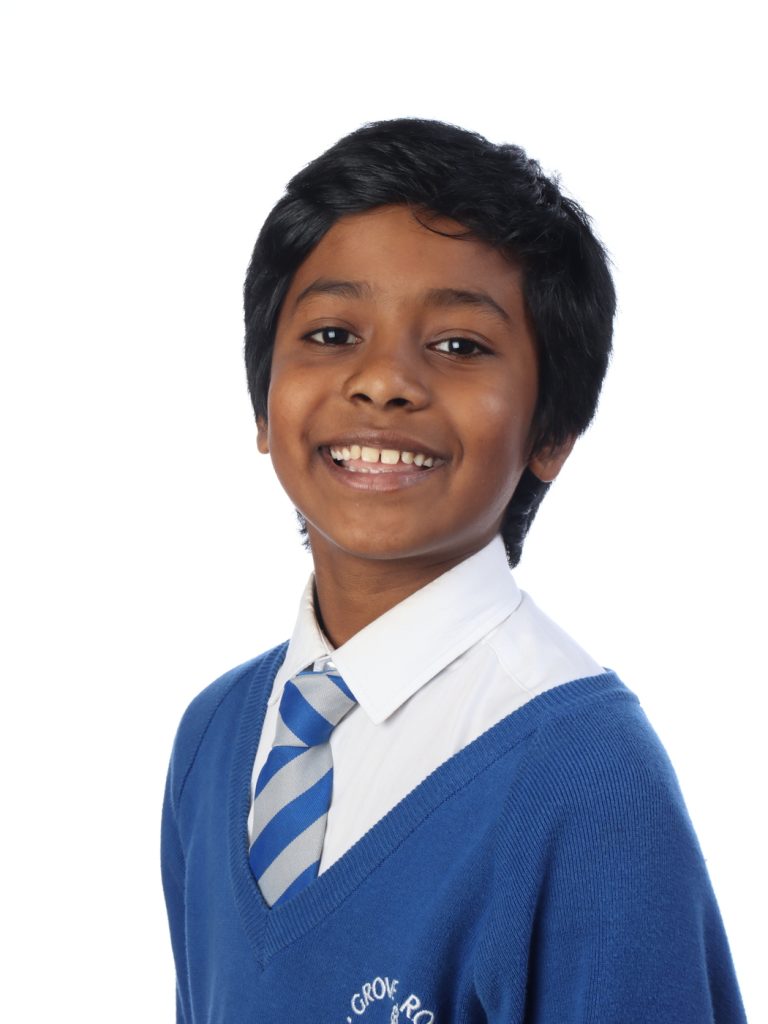
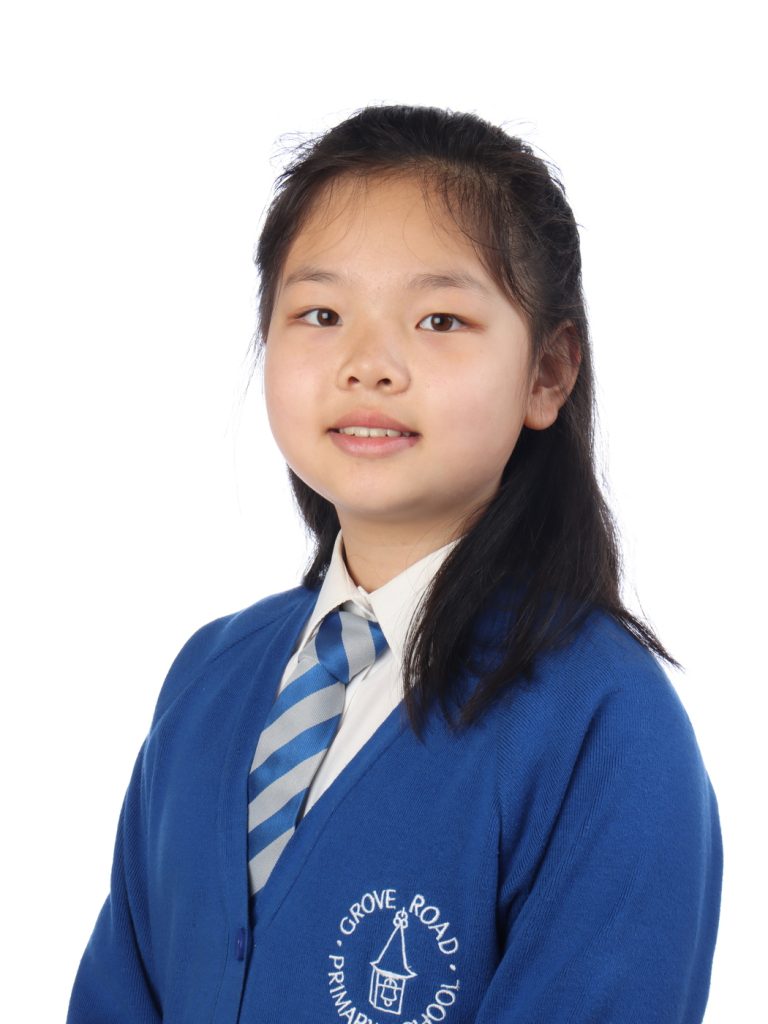
Rosen House
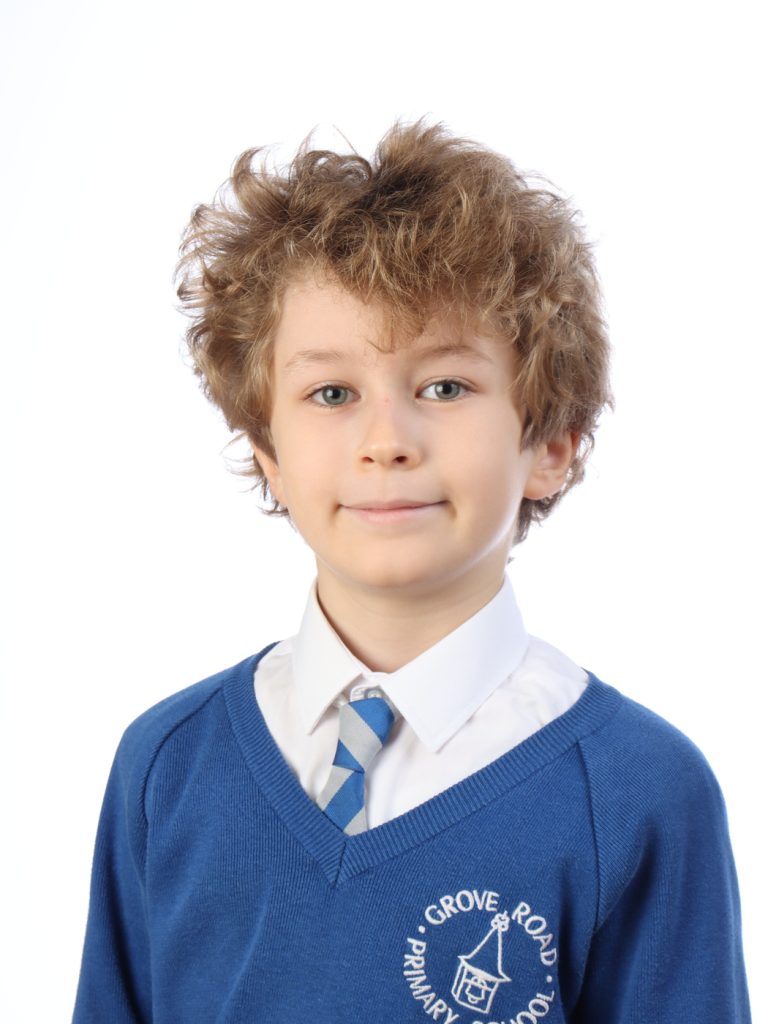
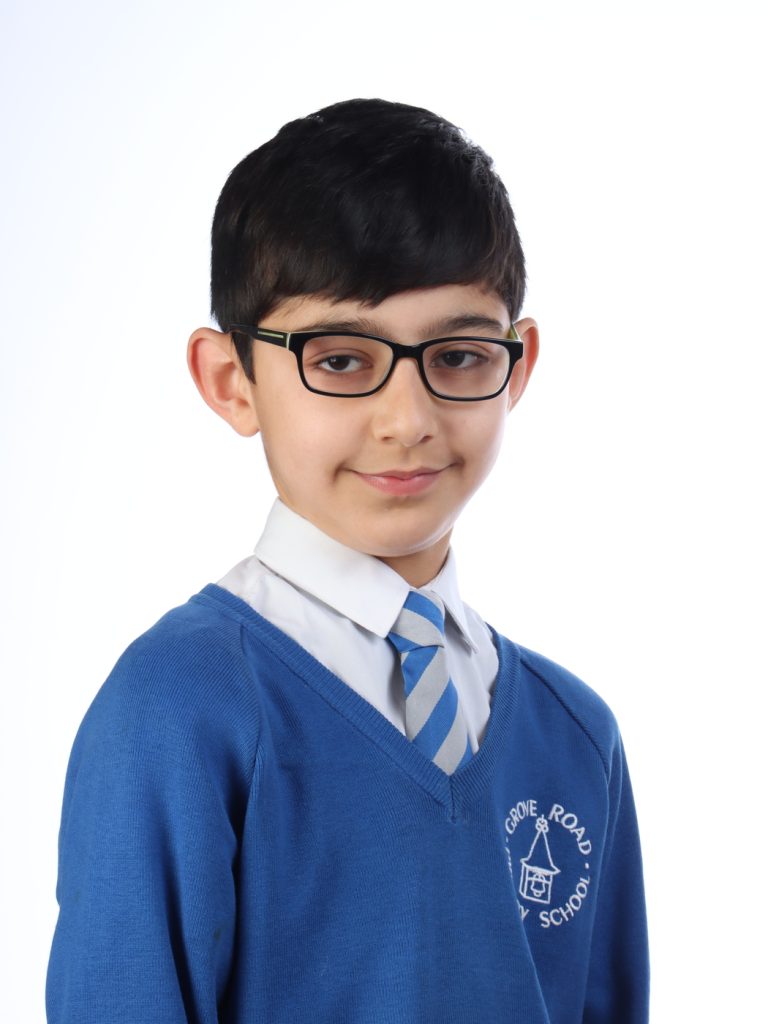
Potter House
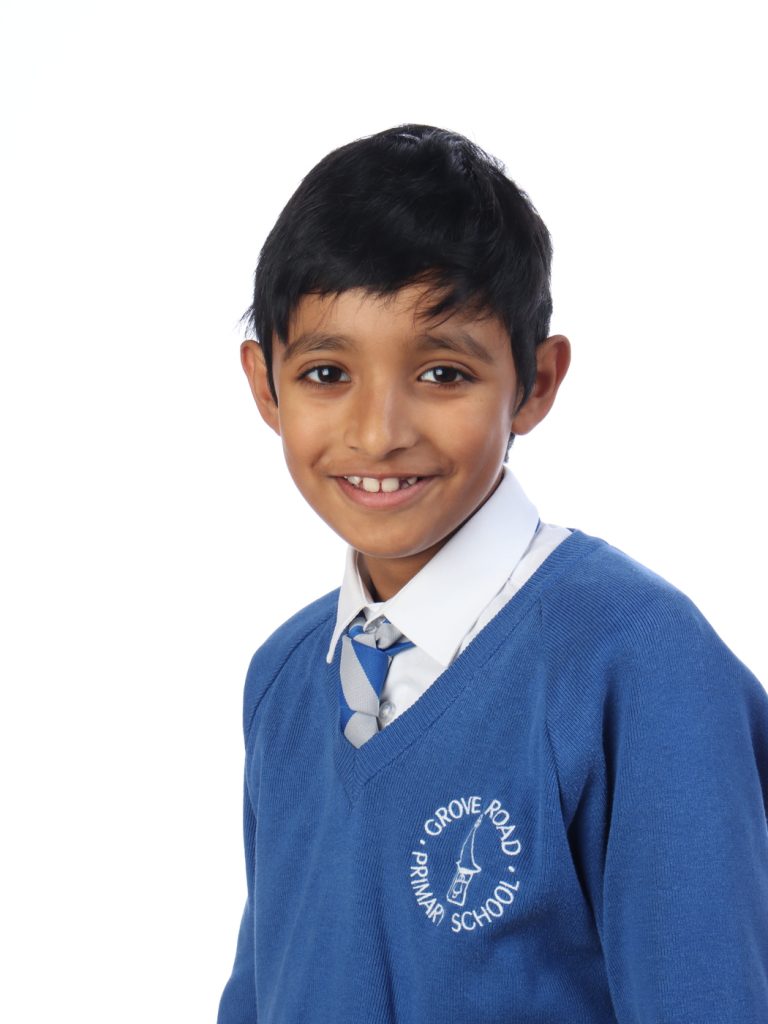
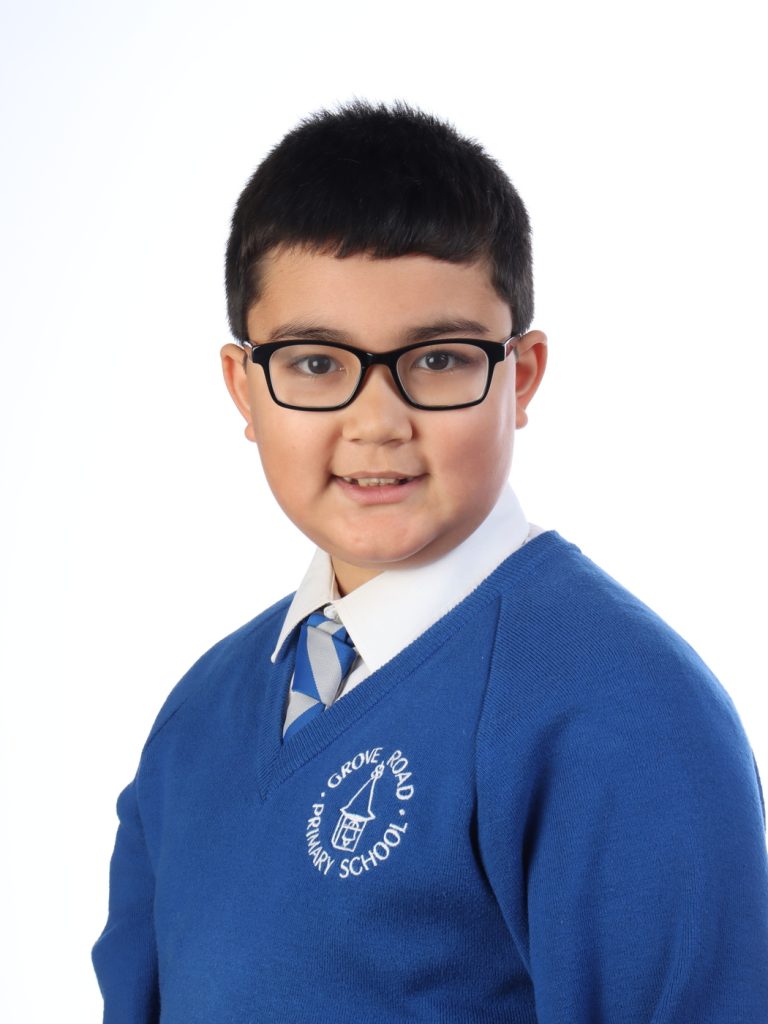
Seuss House
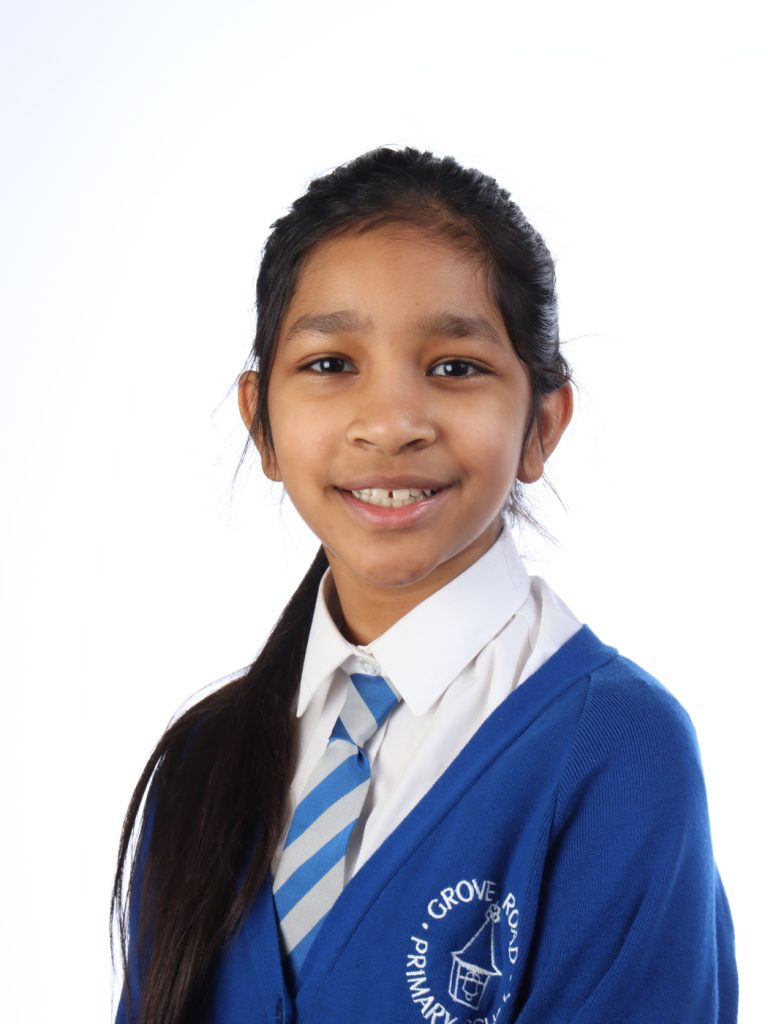
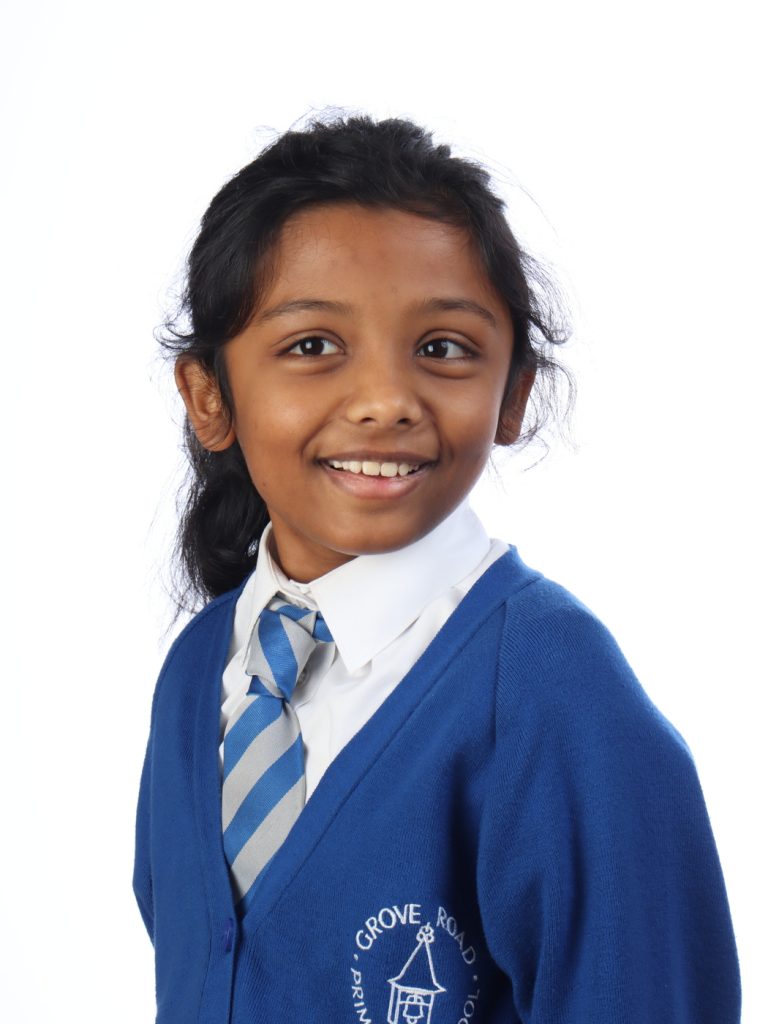
Roles and Responsibilities:
- To collate the house points from each class each week and total the scores in preparation for Celebration assembly.
- To choose a House Charity and help organise fundraising events.
- At the request of Senior Leadership Team members, speak in assemblies about sporting events, competitions or fair play in games at play and lunchtimes.
- To teach/get involved in playground games
- To encourage appropriate play with the sports equipment.
- At the request of the sports leader, help tidy up the sports equipment and audit the resources.
- Ensure that any new children know which house they are in and introduce them to a friend within that house.
- To help the sports leader in preparation for sports day.
- To support the younger children’s sports day.
- To represent the school at sporting events or competitions through posters, attendance or speaking in assembly.
- To enjoy being a role model and an ambassador for Grove Road Primary School.
At Grove Road School we thrive best when part of a team or community. In December 2015 we ran a school competition to come up with 4 House Teams and their names.
Since we love to read we chose 4 inspirational authors – new and old.
Here are our House Names:
Gavin, Rosen, Potter, Seuss

Jamila Gavin
I was born in Mussoorie, India, in the foothills of the Himalayas. My Indian father and English mother met as teachers in Iran and married in Mumbai. By the age of eleven I had lived in an Indian palace in the Punjab, a flat in a bombed out street in Shepherd’s Bush, London, a bungalow in Poona, and a terraced house in Ealing, London. I now live in a little Victorian terrace cottage in Stroud, which is my base, my home, and my place of work.
My family had settled in England where I completed my schooling and further trained as a music student at Trinity College of Music, London. After studies in Paris and Berlin I joined the BBC, first as a Studio Manager in radio, then as a Production Assistant and Director in Music and Arts Programmes in television. Later I married Barrie Gavin and we had two children: a son, Rohan, and a daughter, Indi. It was then that I began writing children’s books, and felt a need to reflect the multi-cultural world in which my children and I lived.


Michael Rosen
I was born on May 7th 1946 in a place called Harrow, Middlesex. It was on a road called Roxborough Park, near Harrow-on-the-Hill tube station.
I was brought up by my mum and dad. When I was born, my dad was in the American Army in Germany but when he came home, he became an English teacher in secondary schools. In 1948, when I was two, my mum trained to be a primary school teacher. When they were young, my parents had been very poor – my father especially. They had been brought up in what is now called Tower Hamlets, my mum in Bethnal Green and my father in Whitechapel.
When I was 17, we moved house, so I moved schools to Watford Boys Grammar School. Around this time, I thought that I would quite like to be a doctor. A friend of ours who was a doctor said that I could carry on studying English, History and French, and I could start doing all the science and medical things when I went to medical school. So that’s what I did. While I was at university, I wrote a play called ‘Backbone’ that was put on at the Royal Court Theatre, in London. This was my first ever book.
When I finished university, I went to work for the BBC. First of all I worked on radio plays and documentaries, then I went to work for a children’s programme called ‘Playschool’ and after that, I worked in BBC Schools Television where I wrote a programme helping very young children to learn how to read. It was called ‘Sam on Boff’s Island’.
My first book for children was called Mind Your Own Business and it came out in 1974. Quentin Blake did wonderful line drawings for it.
Ever since then, I’ve been doing these things:
- writing books
- writing articles for newspapers and magazines
- coming to schools, libraries and theatres and performing the poems in my books
- helping children write poems and stories
- making radio programmes, mostly about words, language or books
- appearing on TV, either reading books, or talking about books
- teaching at universities about children’s literature
- running workshops for teachers about poetry.


Beatrix Potter
I was born on 28th July 1866 at No 2, Bolton Gardens, Kensington, in London. My family were a typical Victorian family, living in a large house with servants. I was looked after by a nanny, spending most of my time in the big nursery at the top of the house and often only seeing my parents at bedtime. When I was old enough to start lessons, the nursery was converted to a schoolroom and I was taught on my own by a governess. In those days, a girl of my social class often did not go to school. As a child, I was encouraged to draw. I spent many hours making intricate childhood sketches of animals and plants, revealing an early fascination for the natural world which would continue throughout her life.
I made realistic studies of animals and birds but my imaginative art features rabbits wearing bibs, and mice whose paws are busy with spinning, knitting and sewing.
On family holidays outside London, I enjoyed sketching landscapes.
Although I never went to school, I was an intelligent and industrious student. I left a large body of remarkable scientific illustrations of fossils, archaeological finds, mosses and lichens, wild flowers, microscope drawings and, most importantly, fungi, many of which were donated to the Armitt Trust.
I had firm ideas about how I wanted my book to look, insisting it be small enough for little hands to hold, that text and illustrations be on separate pages, and that the price be as low as possible. The firm of Frederick Warne & Co. had already rejected my story, but they acknowledged that there was a market for small picture books and Mr. Norman Warne, the youngest member of the family firm, decided to have another look at my Tale of Peter Rabbit. I was 35 years old, before my first book was published.
After many long negotiations, my stories were accepted and began to sell.


Dr. Seuss
In 1936, a successful advertising artist walked down Madison Avenue, manuscript in hand, exasperated because at least twenty publishers had rejected the children’s book he’d written and illustrated.
On his way home to burn it he happened to bump into an old college buddy who, in the encounter that followed, would help shape millions of children’s lives.
It’s almost hard to believe that Theodor S. Geisel almost never published his first book, because so few people were willing to take a risk on something so completely different from the norm. Editors had told him his book format was out of style, and that fantasy wasn’t sellable.
The friend he bumped into that day was called Mike McClintock and he had just been appointed a new job – Junior editor of Vanguard Press. He invited Theodor into his office and signed a contract to publish his first book.
Theodor believed this was fate, because if he had walked down the other side of the street that day he might never have never bumped into his old friend.
Theodor’s book was published to rave reviews from literary critics, they loved his simple tales and illustrations – but most of all the moral message behind each of his stories.
His friend Mike had taken a big risk but he believed that – “The most original ideas are often the toughest to appreciate. That’s especially true for people who have a lot of experience — they develop a taste for the tried-and-true,“
People today believe that it’s very likely that the twenty-plus other publishers Theodor S. Geisel met with were too experienced, andconsequently, too stuck in their ways to take a risk on something new.

